Navigating Regulatory Shifts and Infrastructure Frontiers in NSW
This edition of The Pulse examines a dynamic NSW construction landscape shaped by significant regulatory reforms, major infrastructure developments, and a growing focus on sustainable practices.
Overview
Federal and state governments are intensifying efforts to address housing supply and affordability through policy adjustments and funding injections [1, 2, 11, 13], while new strata laws aim to enhance governance and consumer protection [10]. Concurrently, major infrastructure projects, including the Western Sydney Airport [8, 9] and ambitious freight network upgrades [12], present both substantial opportunities and complex challenges related to community impact and safety. Concerns are also emerging around the rollout of large-scale renewable energy projects and their regional implications [4, 5]. The industry is further being pushed towards innovation and sustainability, with calls for modern construction methods and a greener economy [7, 14]. This edition synthesizes these developments, offering legal and commercial perspectives for NSW construction professionals.
Regulatory Reshuffle: Housing, Planning, and Investment
The NSW construction sector is navigating a period of significant regulatory flux, driven by concerted efforts to boost housing supply and enhance industry productivity. At the federal level, Housing Minister Clare O’Neil is signaling a drive to "axe red tape" to meet ambitious national housing targets, such as the 1.2 million new homes by the end of the decade, potentially impacting development approval processes in NSW [1]. This approach suggests a move towards less restrictive regulatory environments, which could accelerate project approvals and present new development opportunities [1]. This aligns with broader calls from business leaders for coordinated planning reform across state and local governments to cut red tape and improve Australia's lagging productivity, which has fallen 1.2% in the past year and is at 60-year lows [11]. Master Builders Australia specifically highlights housing as central to the productivity agenda, urging federal leadership in these reforms [11].
Complementing these overarching reforms, the NSW government is injecting $30.4 million into crisis intervention and transitional housing, with $20 million dedicated to expanding crisis housing infrastructure [2]. This is part of a larger $6.6 billion "Building Homes for NSW Program" aimed at increasing public and affordable homes, moving away from reliance on temporary accommodation [2]. This signals a sustained pipeline for residential construction, particularly for vulnerable populations, with over 50% of new homes under the program prioritising women and children fleeing domestic violence [2].
Concurrently, significant changes to strata laws are set to take effect from July 1, 2025, impacting the management of properties valued at an estimated $486 billion in NSW, where 17% of the population resides in strata properties [10]. These reforms, spurred by findings of practices like non-disclosure of commissions by some strata managers, aim to combat unfair contract terms and improve governance, requiring strata committees and managers to adapt to new task allocations [10]. The appointment of a NSW Strata and Property Services Commissioner underscores a strengthened regulatory focus on industry integrity [10]. However, the residential market also faces headwinds from federal policy, with a ban on foreign buyers acquiring established dwellings from April 1, 2025, to March 31, 2027 [13]. This policy is projected to divert substantial international investment, potentially impacting luxury project viability and the circulation of wealth in sectors tied to these transactions [13].
Infrastructure Horizons: Progress, Pressures, and Public Interest
NSW is witnessing substantial activity in major infrastructure development, bringing both opportunities for the construction sector and significant challenges related to regional impacts and safety. The Western Sydney International (Nancy-Bird Walton) Airport has reached a key milestone with the completion of its 3.7km runway and airside facilities, on track for a late 2026 opening [8]. This project, designed for an initial 10 million annual passengers, signals upcoming commercial fit-out opportunities [8]. However, it faces scrutiny over flight path directives, with aviation experts warning that prioritizing noise abatement in certain electorates could compromise safety and 24/7 operational capability [9], highlighting potential conflicts with aviation safety regulations [9].
Regional NSW sees targeted infrastructure upgrades, with over $211,000 for level crossing safety in Armidale and Uralla, part of a $1.17 million state program [3]. These works aim to enhance safety, aligning with a goal of zero road trauma by 2050 [3].
Simultaneously, the state's renewable energy push faces community concern. The Upper Lachlan Shire, already hosting over 340 wind turbines (53% of NSW's total), sees debate over the proposed Limerick Wind Farm (80-100 turbines) due to cumulative impacts [4]. Local councils seek greater planning agency [4]. Similar concerns surround the New England Renewable Energy Zone (REZ), projected for an 8GW output (requiring ~2700 turbines), with warnings of logistical strain (15,000 oversized vehicle movements, 1.5 million B-doubles) and calls for an independent cumulative impact study [5].
To manage growth, the NSW Government's freight reform plan aims to boost the economy by $131.5 billion by 2061 [12]. It includes a freight master plan, new port policies, and enhanced rail freight, emphasizing strategic land planning for freight infrastructure and acknowledging the unsustainability of co-locating freight with residential areas [12].
Greening Construction: Sustainability Mandates and Innovation Drive
The NSW construction industry is under increasing pressure to embrace sustainability and innovation, driven by climate change imperatives and evolving market expectations. The financial and commercial risks of climate change are becoming undeniable, directly impacting asset values and investment decisions [7]. A UK office property deal worth $1.2 billion nearly collapsed due to a gas boiler, illustrating how sustainability now influences "exit value" rather than just offering a "green premium" [7]. This shift means institutional buyers, who often commit to assets for 10 years or more, are scrutinizing sustainability features like gas boilers, potentially refusing to participate in deals involving non-decarbonized assets [7].
There's a perceived mandate for bold climate action, particularly within the building sector, which requires "millions of upgrades" to older homes and commercial buildings alongside substantial workforce upskilling [7]. The "green economy" is expanding beyond renewable energy to encompass supply chains, professional services, and R&D, offering broader opportunities for construction-related businesses [7]. The Climate Change Authority's forthcoming advice on the 2035 net zero target will likely set ambitious benchmarks for the sector [7].
Despite this push, the construction industry's adoption of modern methods of construction (MMC) like prefabrication has been slow, described as a "shameful" lack of progress from "ancient past" practices [7]. However, there are signs of change, with some firms seeing an increase in projects pursuing MMC, and Infrastructure NSW canvassing the use of prefabricated materials for all its facilities [7]. The argument is that buildings should be constructed at "half the current costs," but bespoke construction methods have led to doubled costs [7].
Events like Sydney Build 2026, Australia's largest construction and design show, aim to foster this transition by showcasing innovations and providing platforms for professional development [14]. With over 600 exhibitors and 550 speakers, the event will feature dedicated conference stages on sustainability, digital construction, and the future of construction, supported by an Ambassador Programme focusing on these key areas as well as diversity and mental health [14]. This indicates a growing industry focus on not just what is built, but how it is built and by whom, emphasizing a holistic approach to future-proofing the sector [14].
Takeaways
Navigating New Strata and Planning Regulations
The impending strata law reforms effective July 1, 2025, present significant compliance obligations for developers, builders, and strata managers in NSW [10]. These changes, aimed at protecting owners from unfair contract terms and uplifting management service standards, necessitate a thorough review of existing and future strata management agreements. Professionals must ensure contracts align with new requirements, particularly concerning the disclosure of commissions and the procurement process for large expenses (e.g., obtaining multiple quotes for expenses over $30,000 as highlighted in the McGrath Nicol report) [10]. Failure to comply could lead to disputes and regulatory action under the Strata Schemes Management Act 2015 [10]. Furthermore, the broader push for "red tape" reduction in planning and development approvals [1, 11] suggests a shifting landscape. While potentially beneficial, construction professionals must remain vigilant, ensuring that any streamlined processes do not compromise compliance with core obligations under legislation such as the Environmental Planning and Assessment Act 1979 and the Design and Building Practitioners Act 2020, even if not explicitly mentioned as changing in these specific announcements. Proactive engagement with new guidelines and the office of the NSW Strata and Property Services Commissioner will be crucial [10].
Managing Risks in Major Projects and Regional Development
The significant investment in NSW infrastructure, from major airports [8] to regional level crossings [3] and freight networks [12], creates opportunities but also amplifies legal risks. For projects like the Western Sydney Airport, ministerial directives influencing technical aspects like flight paths raise concerns about adherence to overriding safety regulations and potential operational liabilities if safety is compromised [9]. Contractors and developers must ensure that all works strictly comply with aviation safety standards and WHS obligations, irrespective of political pressures. For renewable energy projects in regional areas [4, 5], proponents face increasing scrutiny over cumulative environmental and social impacts. This necessitates robust community consultation and comprehensive impact assessments that satisfy planning authorities and potentially address calls for greater local council agency [4] and independent reviews [5]. Failure to adequately manage these aspects can lead to project delays, legal challenges, and reputational damage. Strategic land planning for freight infrastructure, as highlighted in the freight reform plan [12], will also influence development, requiring careful consideration of zoning and co-location restrictions under the Environmental Planning and Assessment Act 1979.
Adapting to Evolving Sustainability Obligations
The increasing focus on sustainability and the "green economy" [7] signals a trajectory towards more stringent environmental and performance standards for buildings in NSW. While specific legislative amendments like changes to the Building Sustainability Index (BASIX) or the National Construction Code (NCC) are not detailed in these immediate reports, the federal Climate Change Authority's advice on the 2035 net zero target will inevitably translate into regulatory expectations [7]. Developers and builders must anticipate stricter requirements for energy efficiency, material selection, and decarbonisation. The commercial reality is that assets failing to meet these evolving standards risk diminished value and investor interest [7]. Proactively adopting Modern Methods of Construction (MMC) and sustainable building practices, even ahead of explicit mandates, can mitigate future compliance risks and enhance market competitiveness [7]. Professionals should monitor policy developments from bodies like Infrastructure NSW regarding prefabricated materials [7] and engage with industry initiatives like Sydney Build to stay abreast of best practices and emerging technologies in sustainable construction [14]. This proactive stance will be crucial for navigating the transition and avoiding potential liabilities associated with non-compliant or underperforming assets.
Final Thoughts
The NSW construction landscape is at a pivotal juncture, characterized by a strong governmental push for increased housing supply and infrastructure development, alongside a critical need for regulatory reform and sustainable practices. Professionals must navigate new strata laws [10], anticipate streamlined planning processes [1, 11], and manage the complex interplay of major project delivery with community and environmental expectations [4, 5, 9, 12]. The shift towards a green economy presents both challenges and significant opportunities for those who embrace innovation and sustainable building methods [7, 14]. Proactive adaptation, diligent compliance, and strategic engagement with evolving policies will be key for success in this dynamic environment, ensuring businesses not only meet current demands but are also positioned for future growth and resilience.
[1]. Brisbane Times | by Paul Sakkal, Shane Wright 9 June 2025, 4:55pm AEST. (9 June 2025). O’Neil says she’s not a YIMBY, but here’s how she plans to help fix the housing shortage. https://www.brisbanetimes.com.au/politics/federal/o-neil-says-she-s-not-a-yimby-but-this-is-how-she-plans-to-help-fix-the-housing-shortage-20250609-p5m5v7.html
[2]. Department of Communities and Justice NSW | 9 June 2025, 12:00am AEST. (9 June 2025). $30.4 million to support vulnerable people in housing and support frontline services. https://dcj.nsw.gov.au/news-and-media/media-releases/2025/-30-4-million-to-support-vulnerable-people-in-housing-and-suppor.html
[3]. The New England Times | by New England Times News Desk 8 June 2025, 5:13pm AEST. (8 June 2025). Armidale and Uralla level crossings to receive safety upgrades. https://www.netimes.com.au/2025/06/08/armidale-and-uralla-level-crossings-to-receive-safety-upgrades/
[4]. Crookwell Gazette | by Oliver Rodden 11 June 2025, 4:00pm AEST. (11 June 2025). Residents concerned by 'undue burden' of wind farms in Upper Lachlan. https://www.crookwellgazette.com.au/story/8988222/wind-farms-stir-community-concerns-in-upper-lachlan-shire/
[5]. Tenterfield Star | by Heath Forsyth 6 June 2025, 4:31pm AEST. (6 June 2025). Through the looking glass: ReD4NE flags future concerns on impacts of renewable zone. https://www.tenterfieldstar.com.au/story/8985665/renewable-energy-plan-risks-new-england-chaos/
[6]. Victorian Farmers Federation | 6 June 2025, 8:39am AEST. (6 June 2025). VFF appoints Charlie Thomas as new Chief Executive Officer. https://www.vff.org.au/media-release/vff-appoints-charlie-thomas-as-new-chief-executive-officer/
[7]. The Fifth Estate | by Bevin Liu. (Date N/A). On what they said at “Show Me the Green Money”. https://thefifthestate.com.au/columns/news-from-the-front-desk/on-what-they-said-at-show-me-the-green-money/
[8]. KarryOn | 5 June 2025, 10:46am AEST. (5 June 2025). Western Sydney Airport completes runway & airside facilities, on track for 2026 take-off. https://karryon.com.au/industry-news/western-sydney-airport-runway-more/
[9]. Sky News | by Oscar Godsell 5 June 2025, 9:30am AEST. (5 June 2025). ‘Unrealistic and unsafe’: Transport Minister’s flight path directive risks safety to shield Labor electorates from jet noise. https://www.skynews.com.au/australia-news/politics/unrealistic-and-unsafe-transport-ministers-flight-path-directive-risks-safety-to-shield-labor-electorates-from-jet-noise/news-story/f90559bda43514730a7af6ffa8164488
[10]. by Jonathan Chancellor 5 June 2025, 5:00am AEST. (5 June 2025). $486 billion warning to NSW homeowners. https://www.news.com.au/finance/real-estate/486-billion-warning-to-nsw-homeowners/news-story/f987c5113696ed784552f800bab83909?btr=d9bb6d037d53148885ac4f7fa3345fe9
[11]. by MATTHEW CRANSTON, PERRY WILLIAMS 11 June 2025, 9:30pm AEST. (11 June 2025). Bosses demand tax and red-tape reforms as productivity roundtable priorities. https://www.theaustralian.com.au/nation/politics/bosses-demand-tax-and-redtape-reforms-as-productivity-roundtable-priorities/news-story/8bf82df22891b87966852099f75b7c0f?btr=a33854a2cceb05c68bbeeb83c9bc6e26
[12]. Australian Manufacturing | by Kate B. 11 June 2025, 9:47am AEST. (11 June 2025). NSW gov’t unveils freight reform plan to boost economy by $131B. https://www.australianmanufacturing.com.au/nsw-govt-unveils-freight-reform-plan-to-boost-economy-by-131b/
[13]. IT Brief Australia | by Melania Watson 11 June 2025, 8:45am AEST. (11 June 2025). Australia’s property rules may push global capital to NZ. https://itbrief.com.au/story/australia-s-property-rules-may-push-global-capital-to-nz
[14]. Build Australia | 10 June 2025, 10:30pm AEST. (10 June 2025). Sydney Build 2026. https://www.buildaustralia.com.au/events/sydney-build-2026/
The Pulse collates the latest news and opinions from third-party sources. Links, snippets or text are generated by an artificial intelligence engine. The Pulse aggregates news reports and does not claim to have copyright to the content. We have not fact-checked that content and cannot vouch for its accuracy or completeness. Nor do we endorse the opinions expressed by the authors or primary publishers. The content is provided as general information only and should not be relied on as a substitute for professional advice. You should contact the source to verify any factual content as well as taking specialist advice that takes your personal objectives and circumstances into account.




.png)

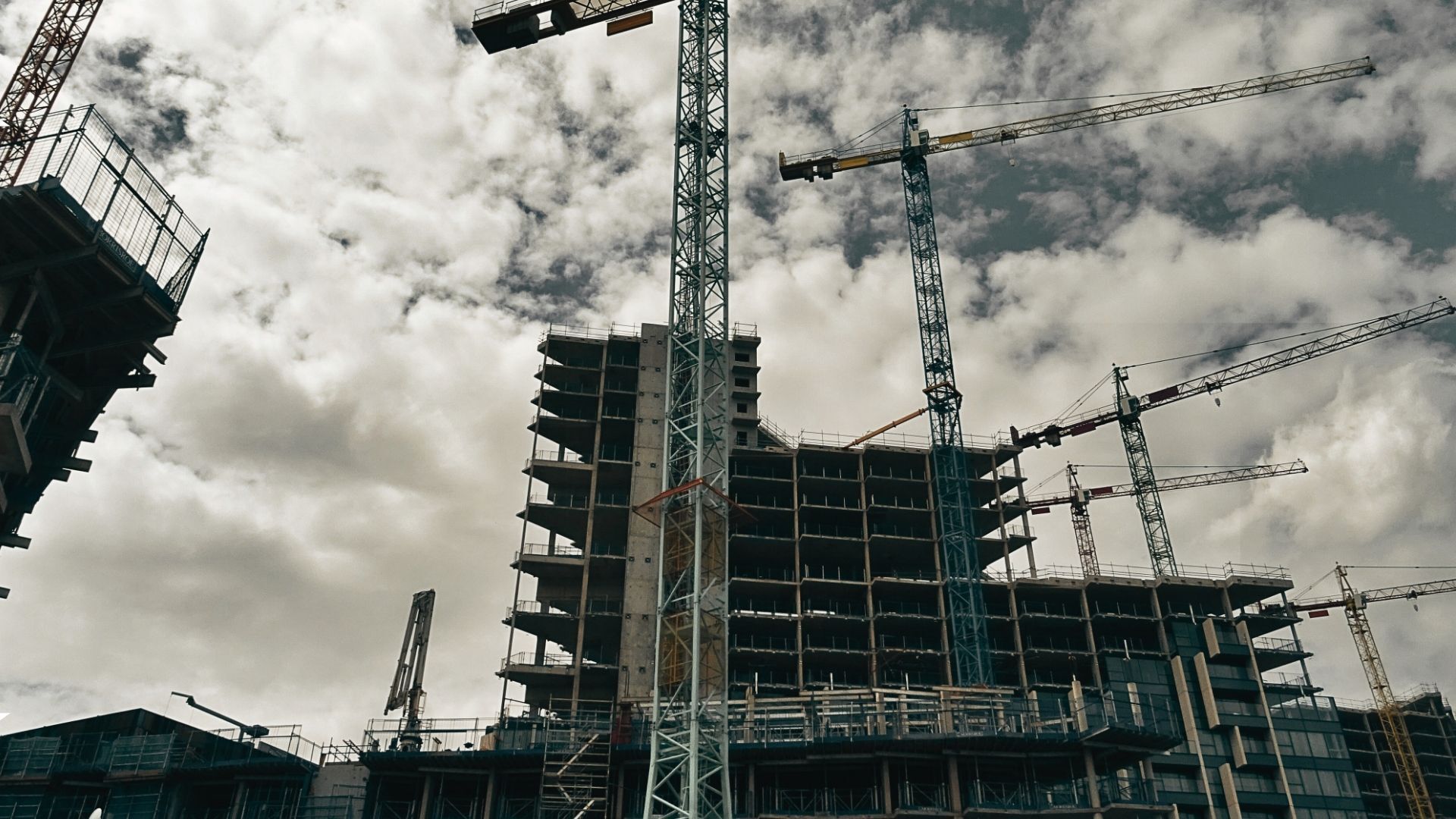
.jpg)
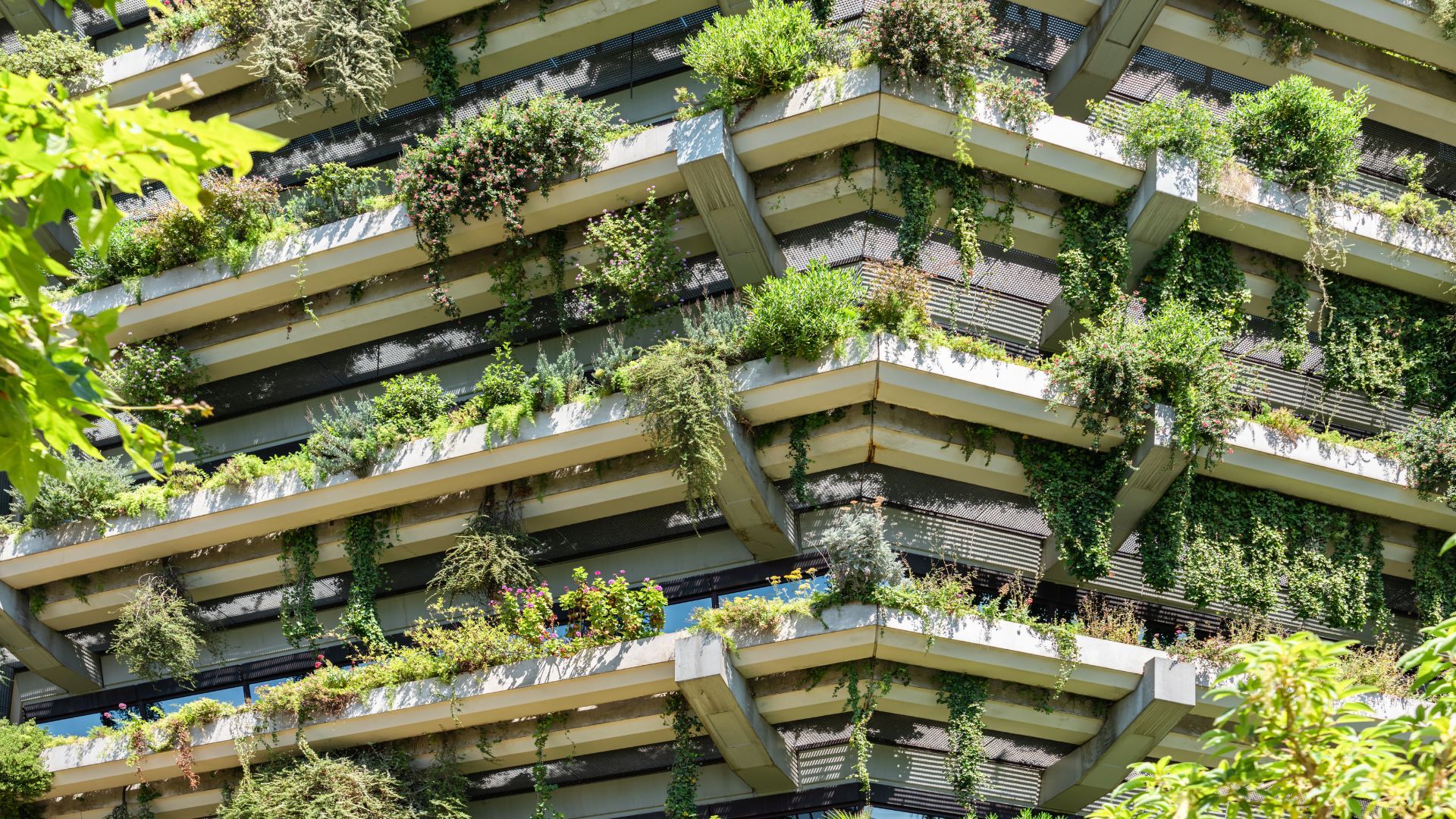

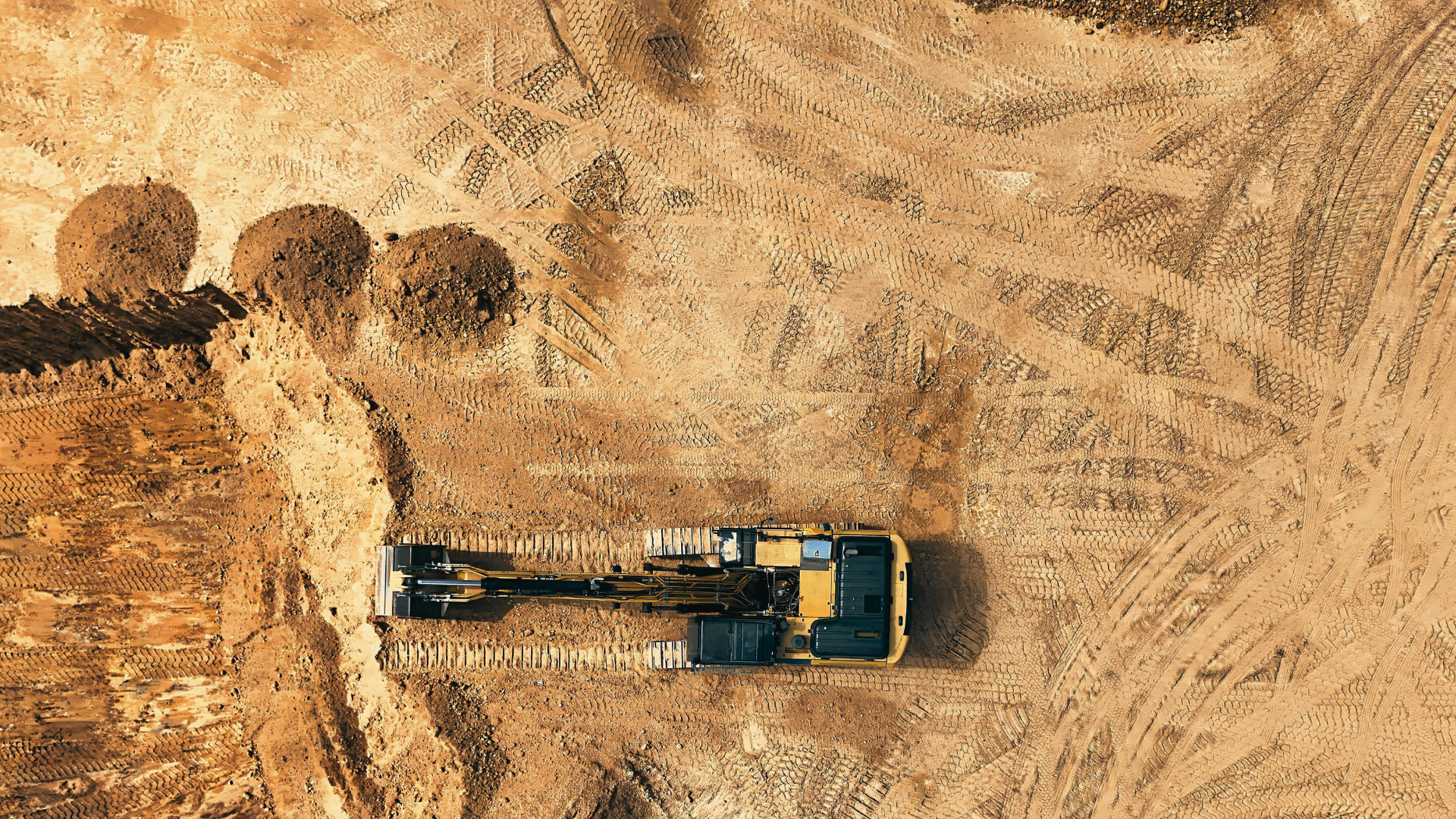
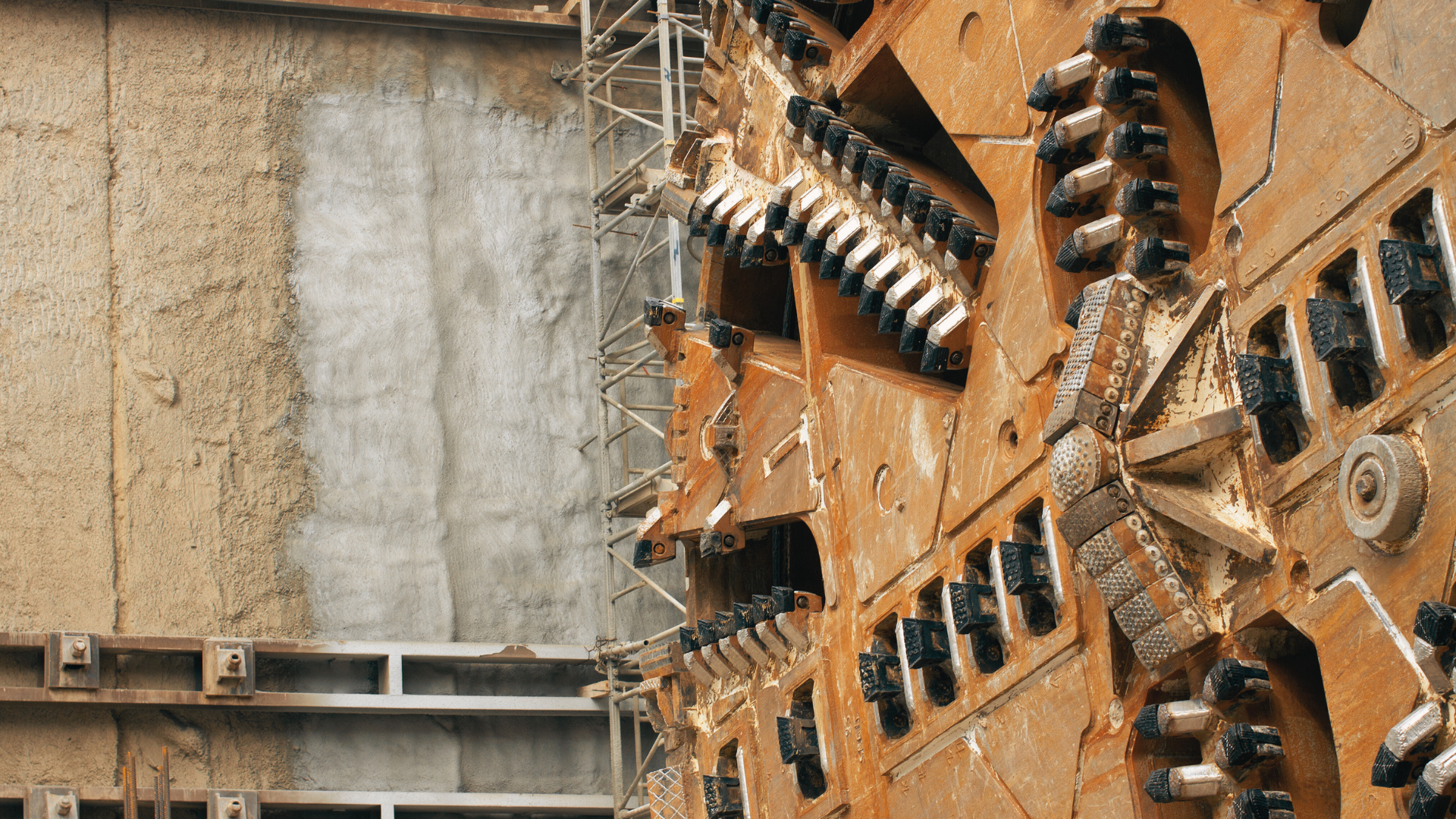
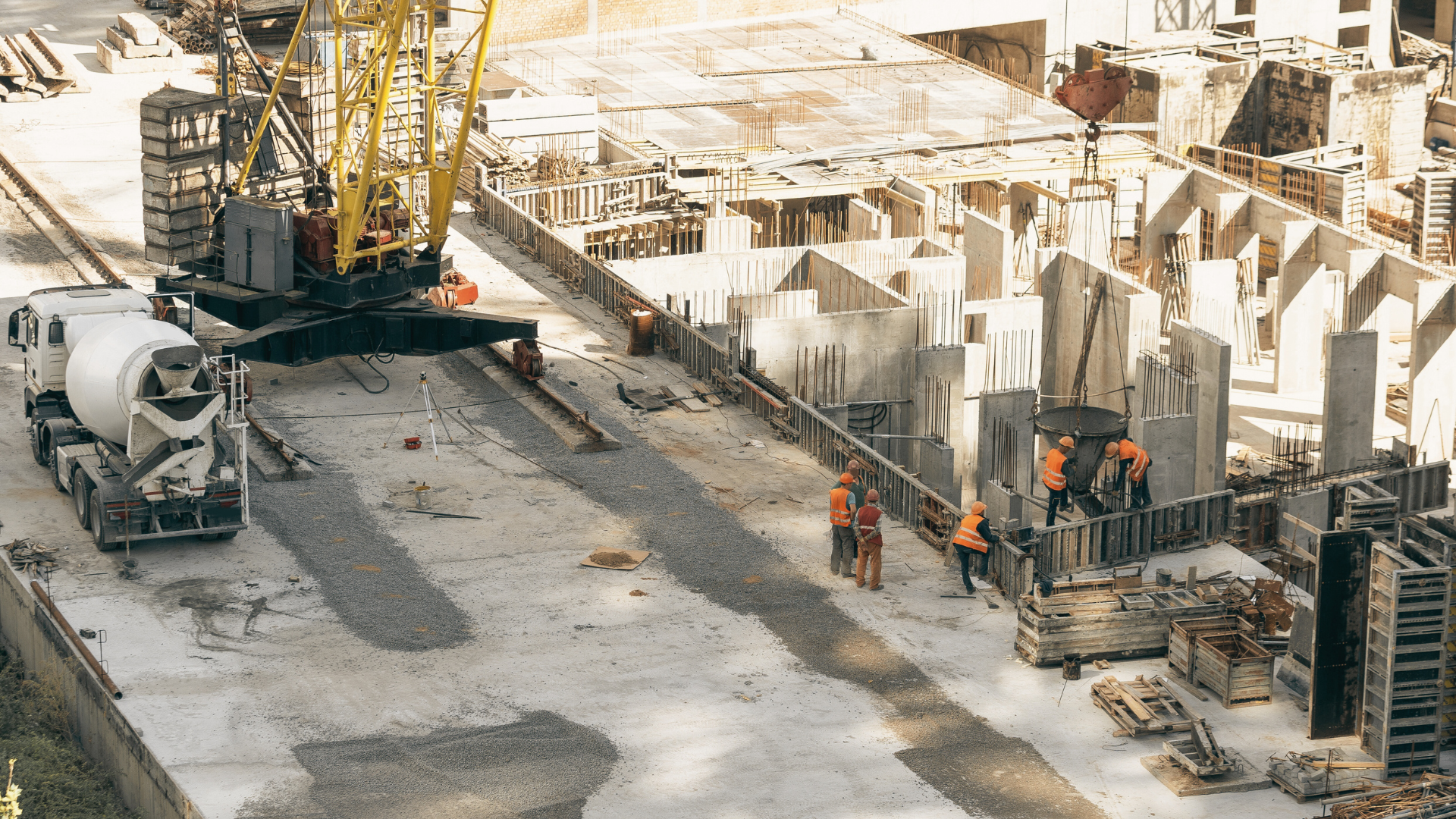
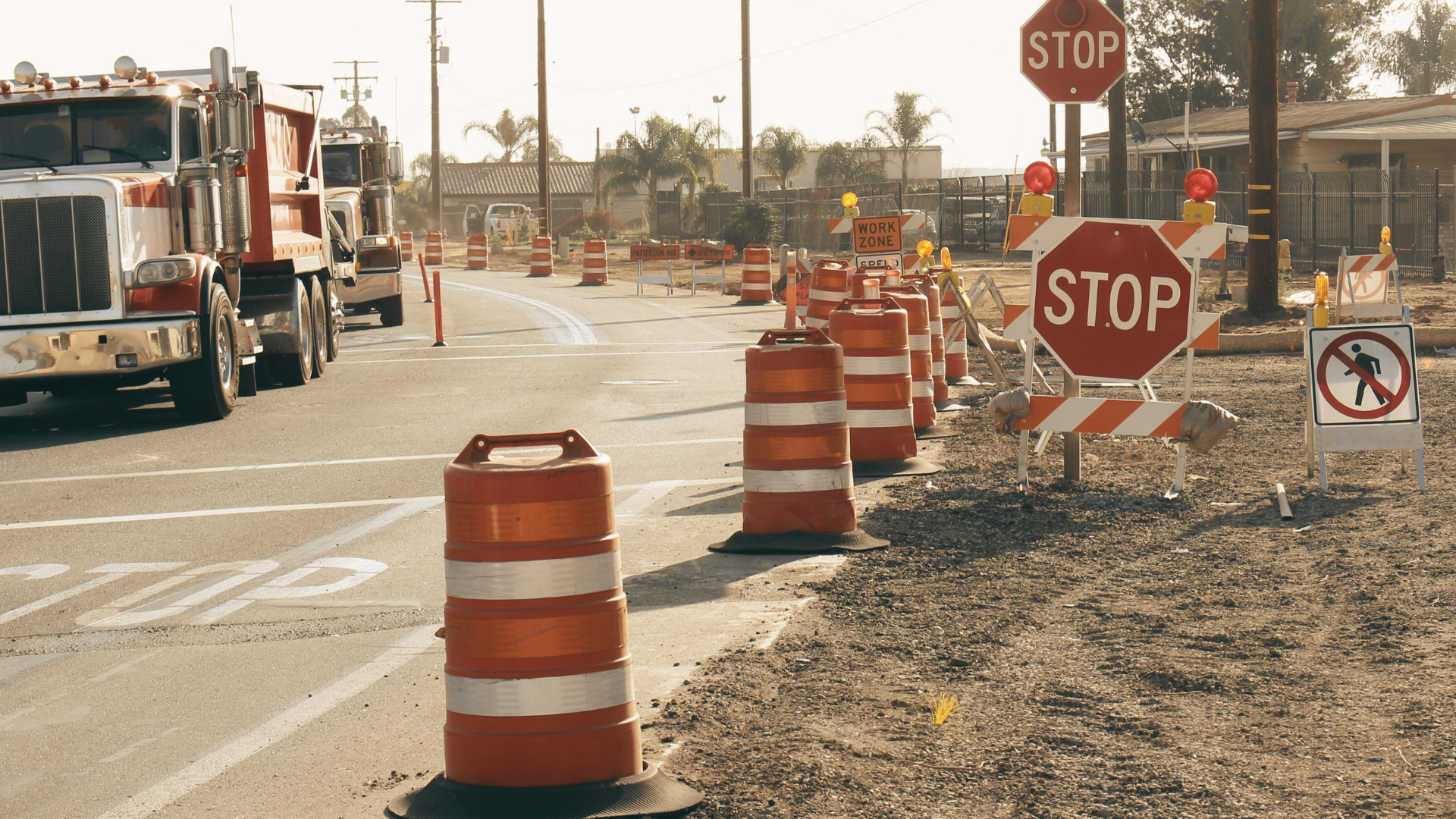
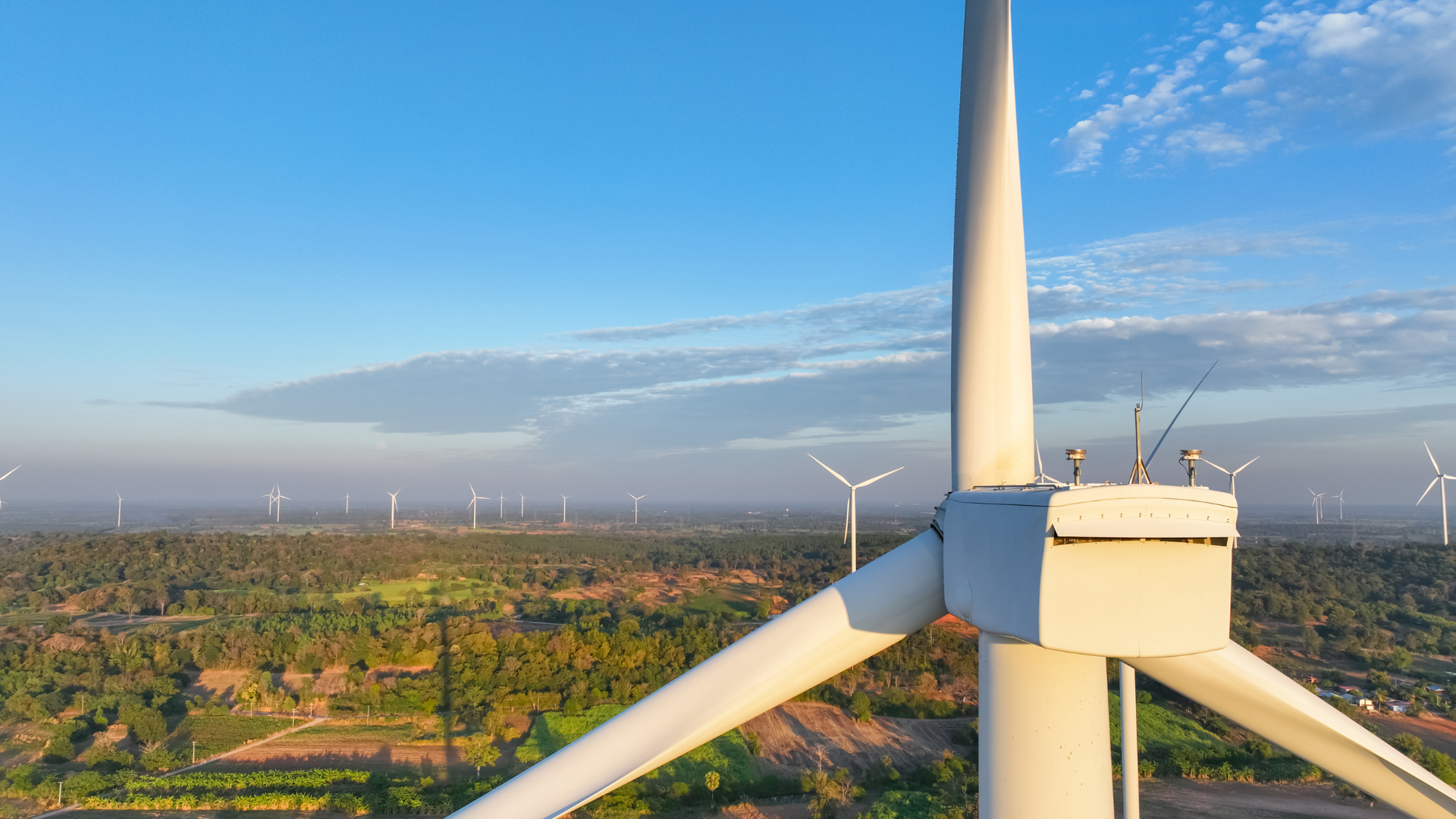

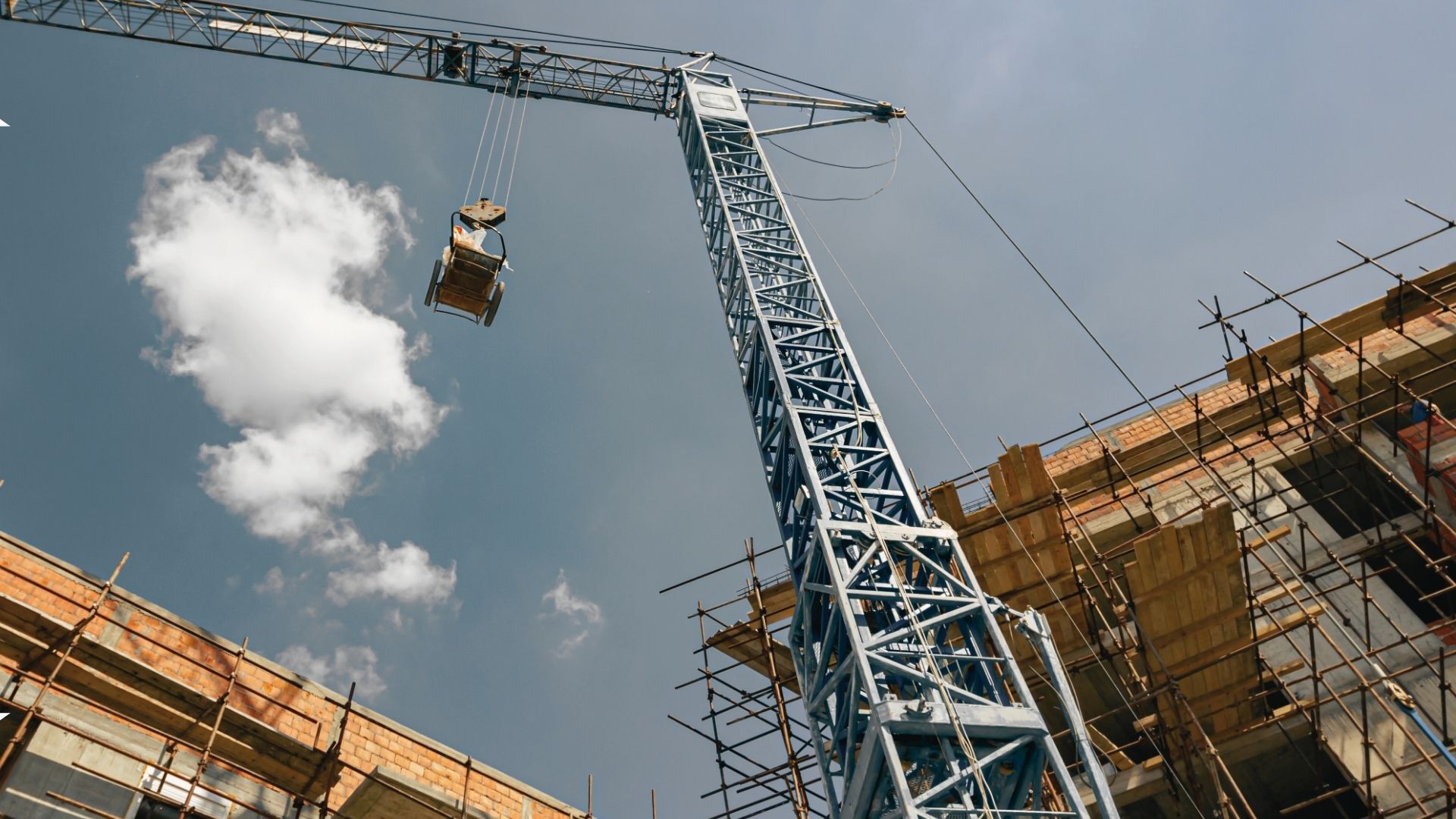
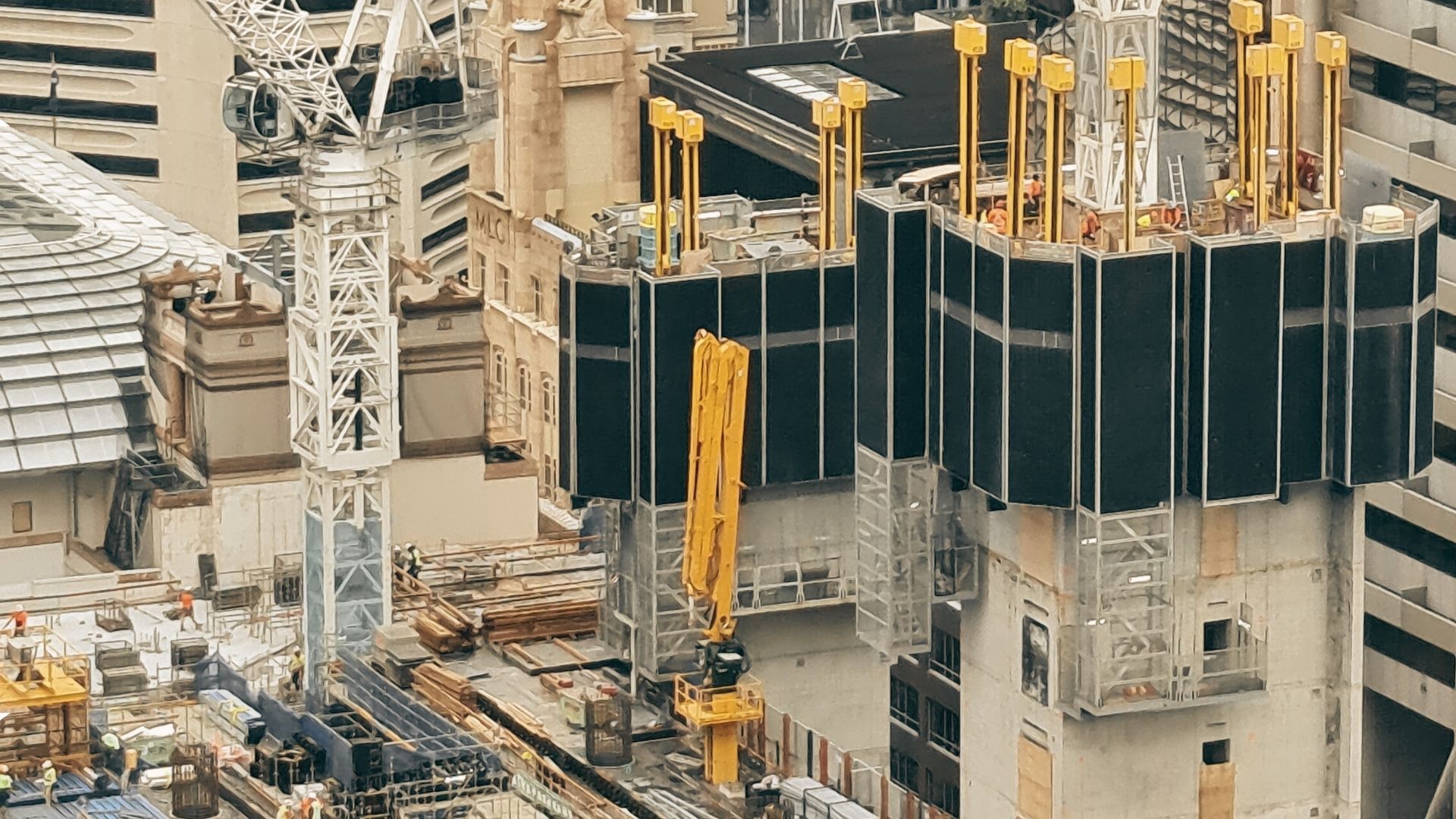
.jpg)
